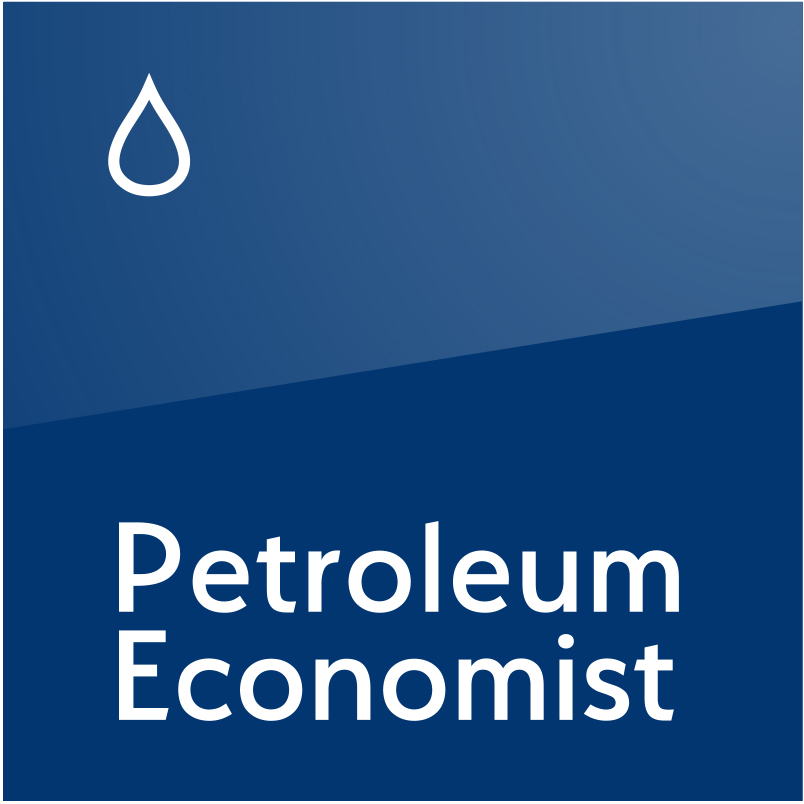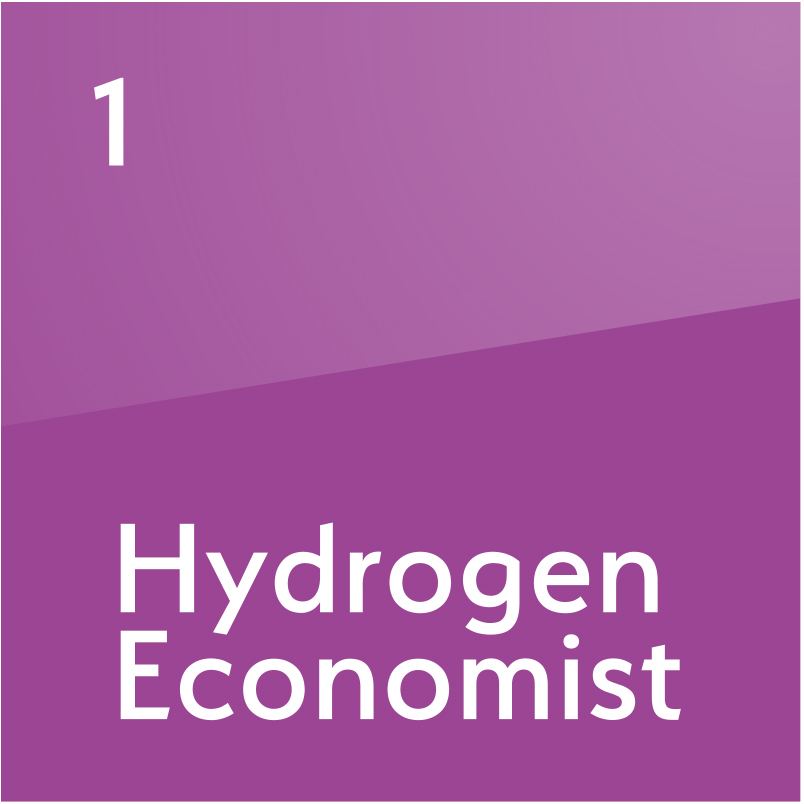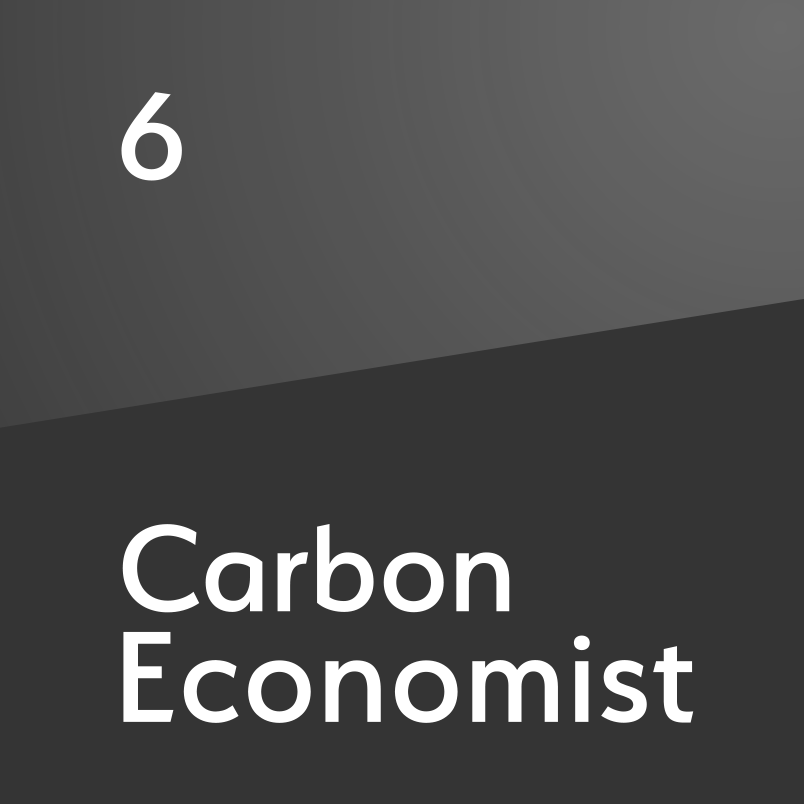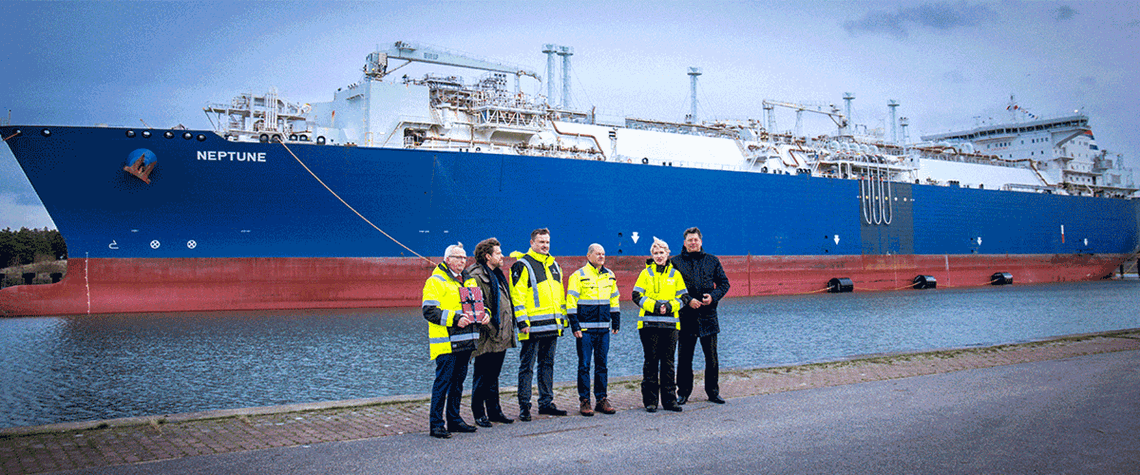Europe’s new LNG terminals set to reach materiality
A flurry of successful commissioning will see deliveries into fast-tracked infrastructure make a mark
LNG deliveries into what are now five new import facilities in northern Europe will top 0.5mn t (0.7bn m³) in January, commodity tracking firm Kpler forecasts (see Fig.1), after four terminals joined the Eemshaven FSRU, which has been contributing to European supply since September, in the first few weeks of the new year. Regasified over a 31-day month, the volumes would be equivalent to an average of 22.7mn m³/d. Europe’s hunger for LNG following a drop in Russian pipeline imports that has been observed since as far back as the summer of 2021—albeit hastened in the months after the Putin regime’s invasion of Ukraine and hostile European reaction to his aggression—has largely been met by inc

Also in this section
5 December 2025
Mistaken assumptions around an oil bull run that never happened are a warning over the talk of a supply glut
4 December 2025
Time is running out for Lukoil and Rosneft to divest international assets that will be mostly rendered useless to them when the US sanctions deadline arrives in mid-December
3 December 2025
Aramco’s pursuit of $30b in US gas partnerships marks a strategic pivot. The US gains capital and certainty; Saudi Arabia gains access, flexibility and a new export future
2 December 2025
The interplay between OPEC+, China and the US will define oil markets throughout 2026







